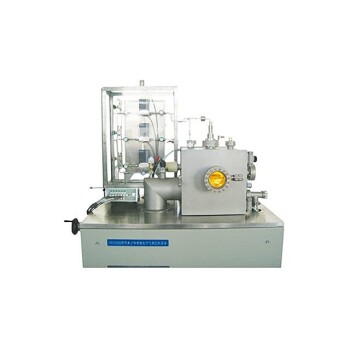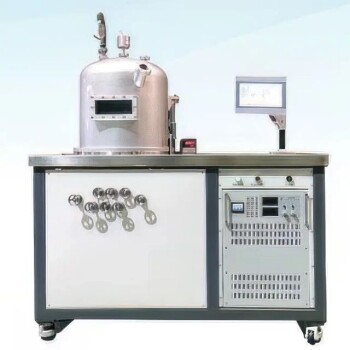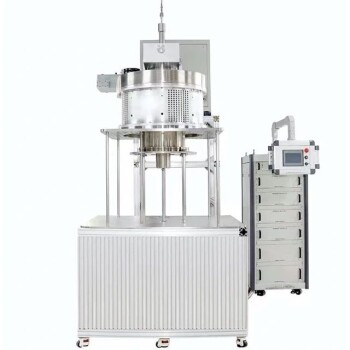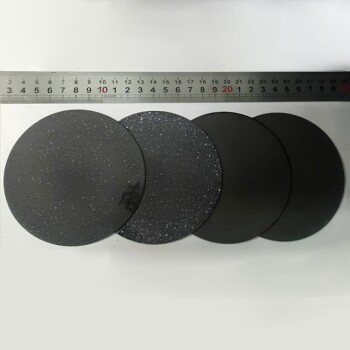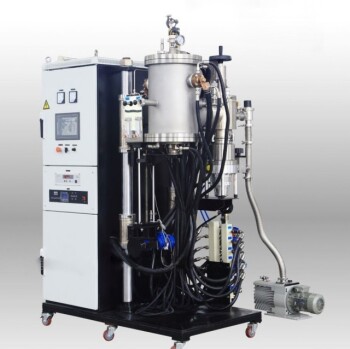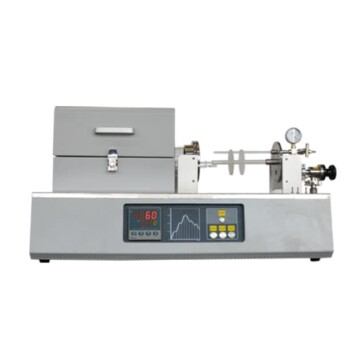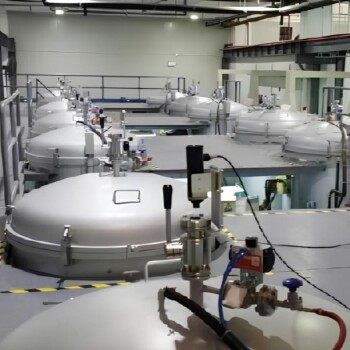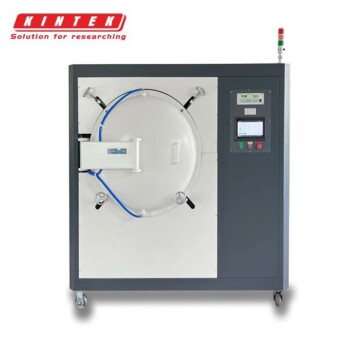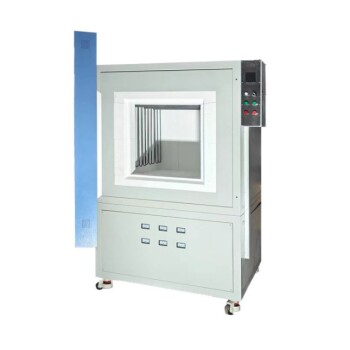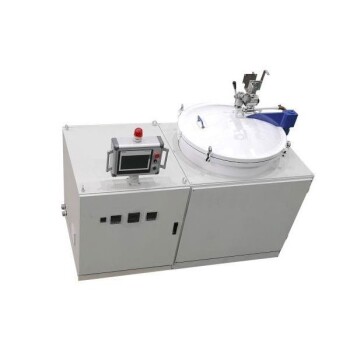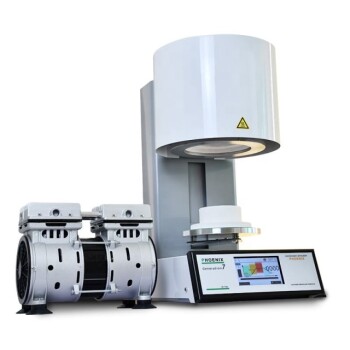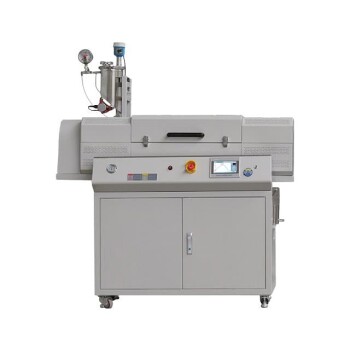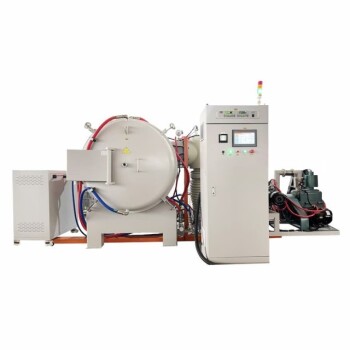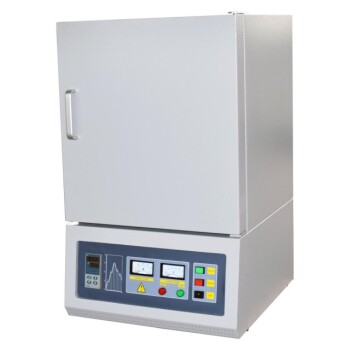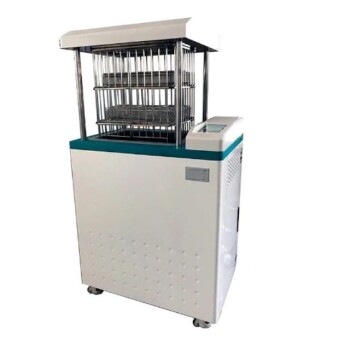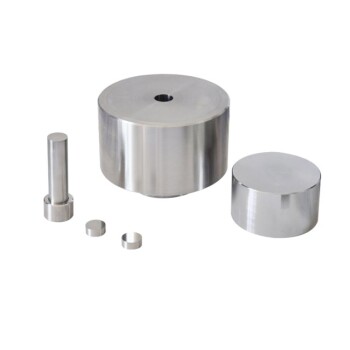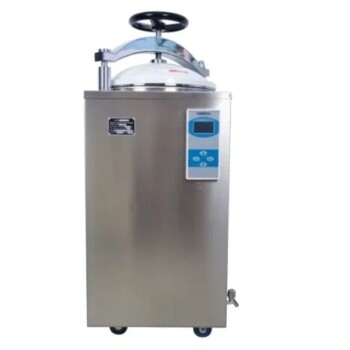At its core, a Chemical Vapor Deposition (CVD) reaction is a process where volatile precursor gases react to form a solid material directly onto a heated surface, known as a substrate. The primary types of reactions involved are thermal decomposition (breaking down a gas with heat), chemical synthesis (combining multiple gases), and chemical reduction (removing elements from a gas to deposit a pure material).
The central principle of CVD is not a single reaction, but a carefully controlled sequence of chemical events. These reactions can occur either in the gas phase above the substrate or, ideally, on the hot surface of the substrate itself to build a high-quality solid film.
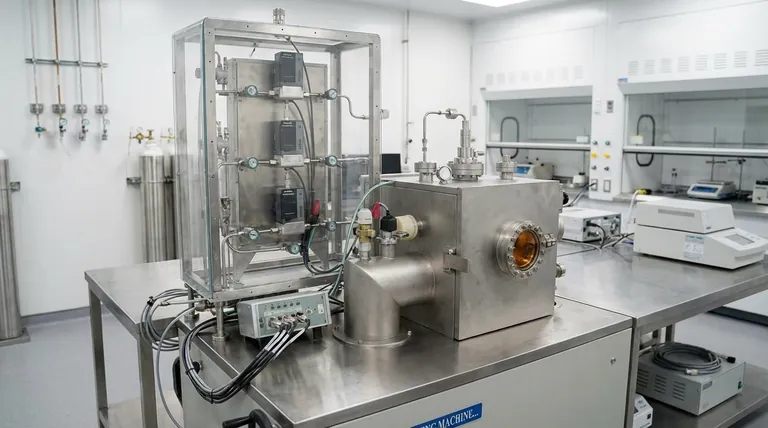
The Core Mechanisms of CVD Reactions
To understand CVD, it's essential to differentiate where and how the chemical reactions take place. The entire process is a balance between getting reactants to a surface and having them react in the right way.
Homogeneous vs. Heterogeneous Reactions
The location of the reaction is the most critical distinction in any CVD process.
Homogeneous reactions occur in the gas phase itself, away from the substrate. While sometimes useful, these reactions often lead to the formation of unwanted powders or dust that can contaminate the film.
Heterogeneous reactions are the desired events. They occur directly on the heated substrate surface, leading to the controlled, layer-by-layer growth of a dense and uniform thin film.
Thermal Decomposition
This is one of the simplest and most common CVD reaction types. A single precursor gas is broken down into its constituent parts by high heat, with the desired solid element depositing on the substrate.
For example, in Hot Wire CVD, a filament heated to over 2000°C decomposes hydrocarbon gases into active radicals that form a film. A similar process is the thermal decomposition of a metal carbonyl gas to deposit a pure metal.
Chemical Synthesis and Reduction
More complex films require reactions where multiple gases interact. This can involve synthesis, where two or more precursors combine, or reduction, where a secondary gas is used to strip away unwanted atoms from the primary precursor.
A classic example is the deposition of a pure metal (M) from a metal chloride (MCl₅) using hydrogen (H₂) as a reducing agent. The reaction is: 2 MCl₅ + 5 H₂ → 2 M (solid) + 10 HCl (gas).
The Critical Factors Controlling the Reaction
A CVD reaction is not spontaneous; it is governed by a set of precise environmental parameters within the reactor chamber. Controlling these factors is the key to successful deposition.
Temperature's Dominant Role
Temperature is the primary driver of CVD. It provides the activation energy needed to break chemical bonds and initiate reactions. Substrate temperatures are often very high, in the range of 1000-1100°C, to ensure the surface chemistry is highly reactive.
Gas Composition and Pressure
The specific precursor gases (or "feedstock") chosen determine the chemical composition of the final film. The ratio and partial pressure of these gases are meticulously controlled to influence the reaction stoichiometry and growth rate.
Substrate Surface Condition
The substrate is not a passive bystander. Its surface must be meticulously cleaned and prepared, often through thermal dehydration and etching, to remove impurities and create active sites for the heterogeneous reactions to begin.
Understanding the Trade-offs
Achieving a perfect film requires managing a delicate balance between competing physical and chemical processes. Mismanaging this balance is the most common source of failure.
The Problem of Gas-Phase Nucleation
The most significant trade-off is managing temperature and pressure to favor surface (heterogeneous) reactions over gas-phase (homogeneous) reactions. If the gas becomes too hot or dense, particles will form in the vapor before they reach the surface, resulting in a low-quality, powdery, or rough film.
Mass Transfer vs. Kinetic Control
The speed of film growth is typically limited by one of two factors. At lower temperatures, the process is kinetically limited—the bottleneck is the speed of the chemical reaction on the surface. At higher temperatures, the process becomes mass-transfer limited, meaning the reaction is so fast that the bottleneck is simply the rate at which fresh precursor gas can be physically transported to the substrate.
Applying This to Your Goal
Your approach to controlling the CVD reaction chemistry depends entirely on the desired properties of your final material.
- If your primary focus is ultimate purity and film quality: You must operate in a regime that heavily favors heterogeneous, surface-controlled reactions, which often means lower pressures and carefully optimized temperatures.
- If your primary focus is a high deposition rate: You will likely need to operate at higher temperatures and precursor concentrations, pushing the process into the mass-transfer limited regime while carefully avoiding excessive gas-phase nucleation.
- If your primary focus is depositing a complex compound (e.g., an alloy or oxide): Your success will depend on precisely controlling the ratios of multiple precursor gases to drive the desired chemical synthesis reaction on the substrate.
Ultimately, mastering CVD is the art of precisely directing chemical reactions to build solid materials one atomic layer at a time.
Summary Table:
| CVD Reaction Type | Description | Example |
|---|---|---|
| Thermal Decomposition | Single precursor gas breaks down from heat. | Metal carbonyl → Pure metal. |
| Chemical Synthesis | Multiple gases combine on the substrate. | Forming complex compound films. |
| Chemical Reduction | Secondary gas removes atoms from a precursor. | MCl₅ + H₂ → Pure metal (M) + HCl. |
| Homogeneous (Gas Phase) | Reaction occurs in the vapor, can cause powder. | Often undesirable. |
| Heterogeneous (Surface) | Reaction occurs on the substrate for high-quality films. | Ideal for dense, uniform layers. |
Ready to Master Your CVD Process?
Understanding the intricate chemistry of CVD is the first step to achieving superior thin films. Whether your goal is ultimate purity, high deposition rates, or complex material synthesis, the right equipment is paramount.
KINTEK specializes in precision lab equipment and consumables for all your laboratory needs. Our expertise in CVD systems can help you:
- Achieve precise control over temperature, pressure, and gas composition.
- Optimize reaction parameters for your specific material goals.
- Ensure high-quality, uniform film deposition for reliable R&D and production.
Contact us today via our [#ContactForm] to discuss how our solutions can enhance your CVD research and development.
Visual Guide

Related Products
- Inclined Rotary Plasma Enhanced Chemical Vapor Deposition PECVD Equipment Tube Furnace Machine
- HFCVD Machine System Equipment for Drawing Die Nano-Diamond Coating
- 915MHz MPCVD Diamond Machine Microwave Plasma Chemical Vapor Deposition System Reactor
- Vacuum Hot Press Furnace Machine for Lamination and Heating
- Laboratory CVD Boron Doped Diamond Materials
People Also Ask
- What is PECVD silicon deposition? Achieve Low-Temperature, High-Quality Thin Films
- How does plasma enhanced CVD work? Achieve Low-Temperature, High-Quality Thin Film Deposition
- What is PECVD used for? Achieve Low-Temperature, High-Performance Thin Films
- What materials are deposited in PECVD? Discover the Versatile Thin-Film Materials for Your Application
- What is the difference between PECVD and CVD? Unlock the Right Thin-Film Deposition Method
